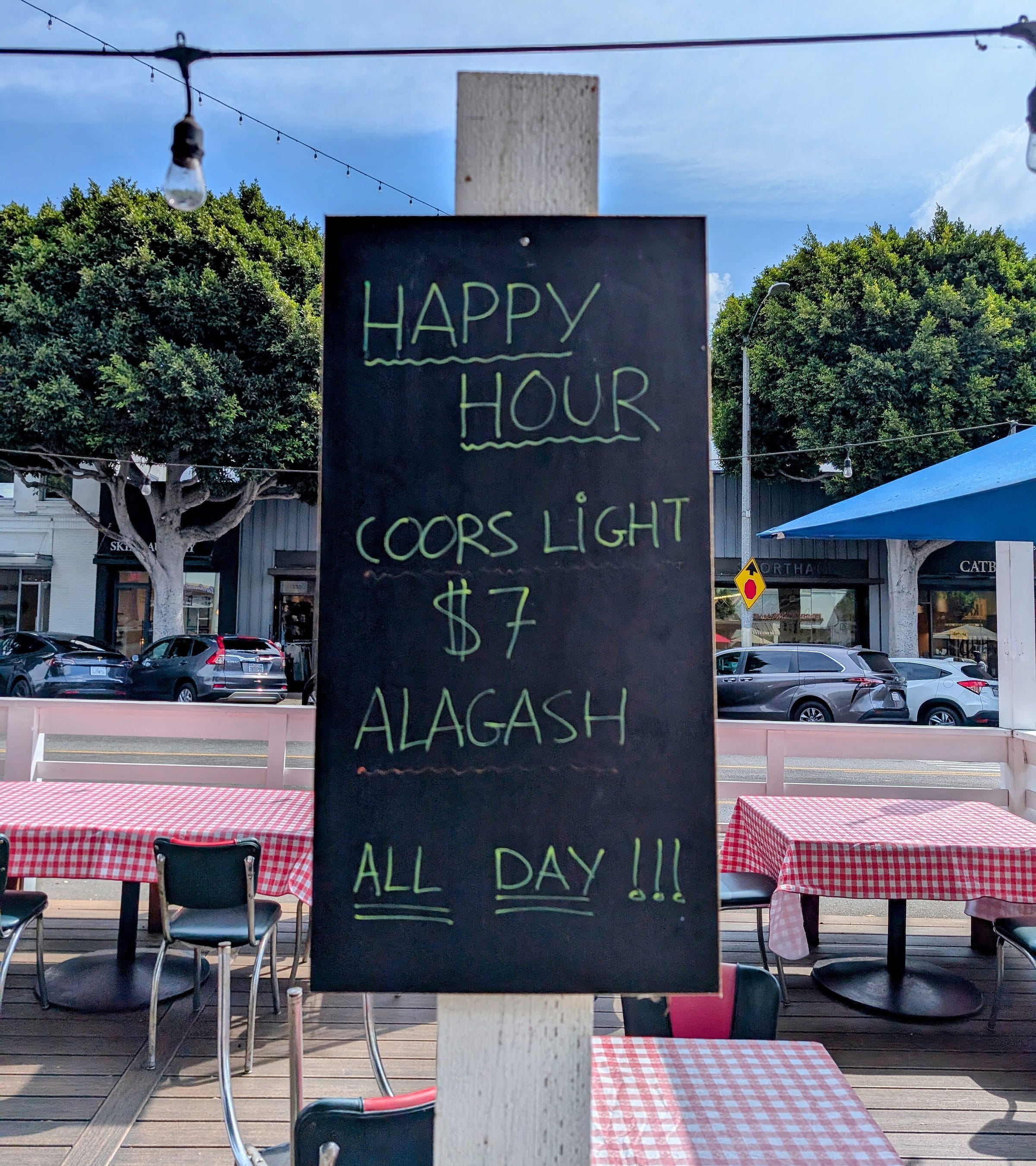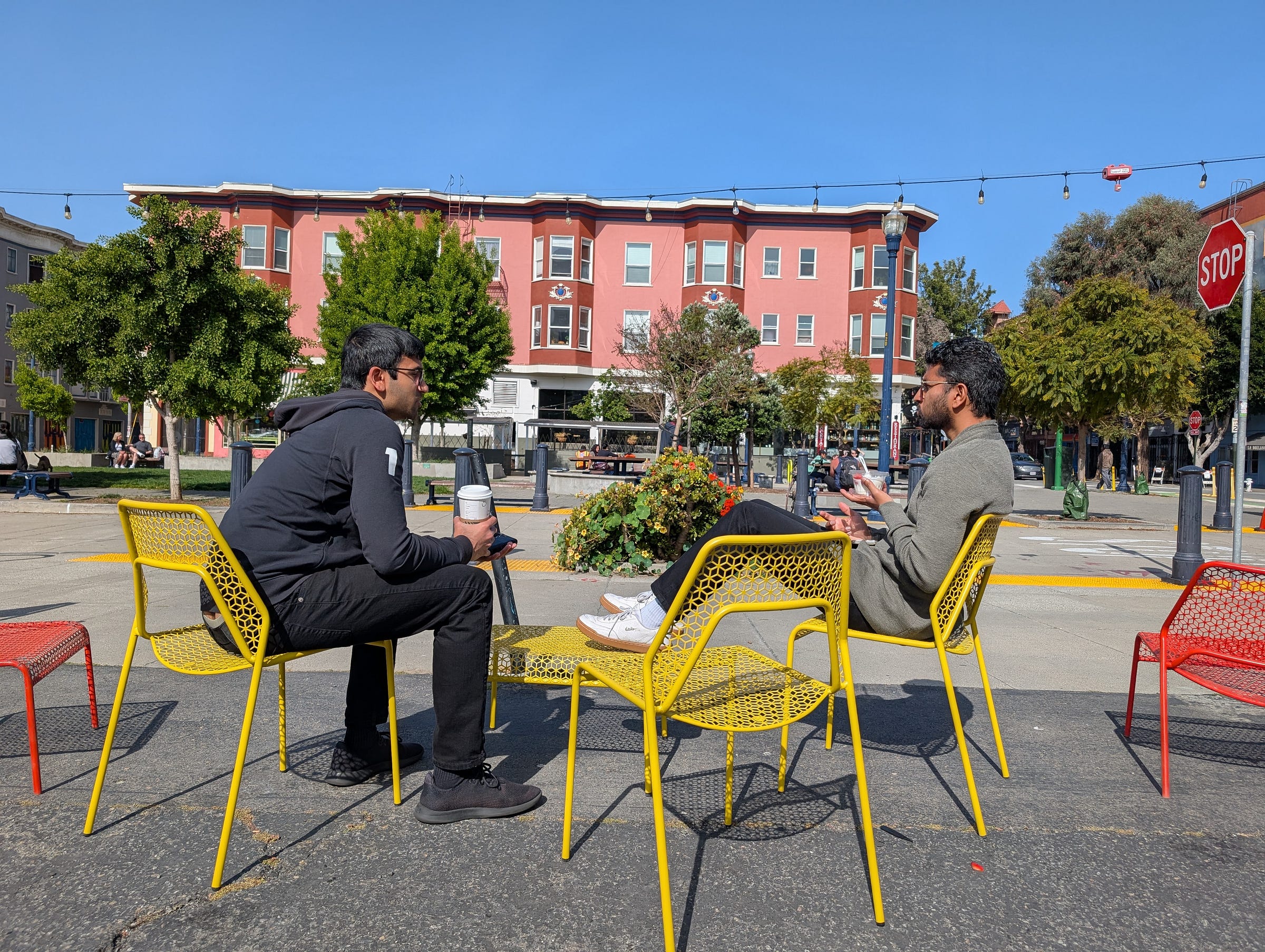Never Retire: How to Create Calm in a Chaotic Place (Even If You’re Stuck There)
If you can’t remove the hostility from your city, you can still remove it from your daily life.
Coming from Los Angeles, I feel like I’m an expert at trying to make something better out of something that’s objectively less than.
Not something out of nothing—LA has the bones to be a much better place than it is.
The climate, the landscape, the pockets of true neighborhood life—these things exist in Los Angeles. But—thanks largely to the cost of living and the perverse dominance of the automobile—the consistent urban fabric, the connective tissue and coherency is missing. You spend so much energy filling in the gaps yourself that “life” becomes a constant patch job.
As somebody who loves and has always longed for true city life, I had to do a lot of rationalizing and settling in LA. I even had to do this in San Francisco—an urban gem by American standards, but something closer to a soulless suburb when compared to Spain’s best neighborhoods.
The Hidden Work of Living in L.A.
In Los Angeles, making life feel whole is a side hustle. You build your own little version of an ideal city from scattered parts—a favorite coffee shop here, a bike route there, an (expensive) farmers market on Wednesday afternoon and Sunday morning.
The pieces exist, but they’re isolated, and connecting them takes time, money, and patience.
In San Francisco, I found myself doing the same thing. There’s just enough density, transit, and walkability to tease you into thinking you have a cohesive city life—but not enough to let you live it without constant effort. The culture, the energy, the street life I craved always felt concentrated in pockets, with too much friction in between.
In both places, I learned to rationalize and settle. I made peace with long drives to reach the good parts. I adjusted to paying too much for basics. I carved out a patchwork of routines to simulate what I wanted, because the environment wasn’t designed to give it to me.
The Long-Term Trap of “Good Enough”
When you live somewhere that can’t quite give you the life you want, “good enough” can become the default. You adapt, you make compromises, you convince yourself that the workarounds are part of the charm.
Or—worse—that you’re some sort of mini-renegade against the prevailing lifestyle. In the case of LA—car dependence. But, really, what kind of renegade are you when you often have no choice but to participate? You end up asking—who am I to decide when it’s okay to drive and not to drive as you pass the true diehards doing their Trader Joe’s shopping by bike, complete with saddlebags?
Whatever extent or extreme you take it to—even amid the internal conflicts—there’s a certain pride in curating your own experience. Finding the hidden spots, nurturing your own rituals, making the most of what you have. In a smaller city, a college town, or a quieter suburb, this patchwork living can feel less like a coping mechanism and more like a choice. The distances are shorter, the stakes are lower, and the effort to connect the dots doesn’t leave you drained.
But in a place like Los Angeles—or even San Francisco—the constant need to engineer your own version of a livable city can get annoying. You’re not just filling in gaps; you’re spending energy on problems that don’t exist in places where the urban fabric is already woven together. That’s the trap: you get used to “good enough,” and over time, you stop imagining what “better” could look like.
How I Built Calm and Coherence in a City That Refused to Give It to Me
If you can’t change your city, you can still change the way you move through it.
Here’s what worked for me—in Los Angeles:



